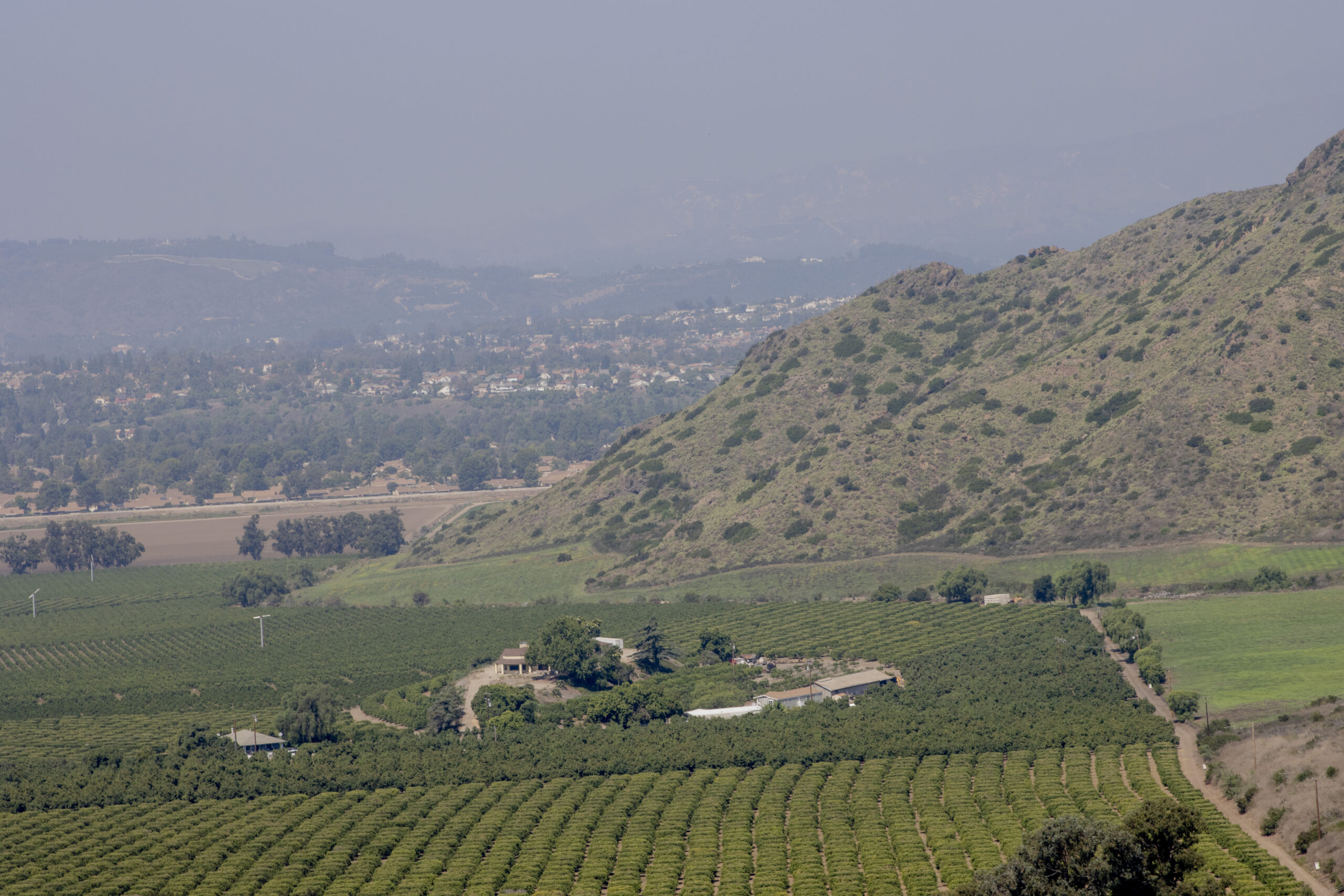
Although California is famous for hosting the film capital of the world, an often overlooked sector of California employment is farming. According to the latest 2022 Census of Wages and Employment, agriculture employs 419,582 individuals in California. In comparison, California’s film and television employment reached a peak in 2016 with 215,144 individuals, according to the California Film Commission.
For an industry responsible for employing so many and providing more than a third of the country’s vegetables and three-quarters of the country’s fruits and nuts, according to Government Technology, increasing technology is continuously being manufactured and implemented to make the job easier.
Dr. Jacob Lanphere, professor of environmental science, said technology can remove human error and human limitations.
“We’re seeing right now, even with the United Auto Workers strike, when you have people involved there are problems, because they want more pay and more benefits, but if you have machines, technology can run and operate without demanding things so it can actually be more cost-effective when you implement technology into your systems,” Lanphere said. “Technology is more eco-friendly because drones, for example, are able to observe crops to see which crops are potentially being impacted by invasive pests, and then they could go target that one specific part of their property that is being bombarded by something like cabbage caterpillars. Then, they wouldn’t have to apply pesticides or herbicides to the whole field.”
Some examples of new agricultural technologies are robotic harvesters (moisture sensors monitored by drones and robotic delivery of hormones essential to cows’ milk production), gene editing techniques such as CRISPR/Cas9, food growing directly from cells in a laboratory and water recycling technologies. These technologies have allowed farms and ranches to increasingly generate more revenue, as an 8.8% increase from 2021 to 2022 occurred, totaling $55.8 billion in cash receipts, according to the California Department of Food and Agriculture.
“Every year in Bakersfield, there’s a fair of technology products and last year they were highlighting electric tractors. That’s one new innovation: going from tractors that emit air pollution or need expensive gas to electric,” Lanphere said. “[With AI now], for example, you can upload a picture of your farm and then you can ask artificial intelligence or some platform to optimize the water distribution on that field or optimize what plants can be grown in that environment and then artificial intelligence can tell you based upon season and soil type, it can give the answer really quickly.”
Lanphere said that although there would be fewer workers needed in the fields, it would be beneficial overall.
“Now, people would be needed to run the software. It could be even better on humans instead of actually needing to be in the field all the time and exposed to the elements, even when you’re not feeling good or feeling sick,” Lanphere said. “You would be able to operate it remote from a nice place in Yosemite on a computer. It would be better on your health because you wouldn’t have to drive in. You would be able to take care of your kids at the same time while you’re working at home. And then he customers, can have a product where they don’t have to pay as much, too.”
However, Kylie Williams, senior environmental science major, is apprehensive about CRISPR-type technology.
“A lot of new technology seems to be genetically enhancing crops. Personally, I don’t think that’s best for the environment or the crop itself,” Williams said. “When you make these pest-resistant crops or genetically engineered plants, there is always a chance of backfire from the environment because it adapts. Yeah, using new technology could boost crop production and then sales, but you’re diminishing the quality of harvest and affecting all of the land around it. I’m personally a hand-to-the-plow type of person.”
Jacob Trinidad, senior environmental science major, said he thinks the pros outweigh the cons.
“Technology such as AI should definitely be used in agriculture. I believe that these technologies would have a massive effect on the growing process of crops and other plants,” Trinidad said. “AI has been shown to have tremendous benefits in other sectors like math, programming, sciences, etc., so I think implementing AI would be beneficial. With the overall use of technology, we could advance agriculture. Like drones, which are able to help watch over the crops, give an aerial view so farmers can see the whole field.”
As technology continues proving to be useful, many see agricultural technology start-ups as wise investments. In California, startups claimed half of all venture capital (VC) funding for US companies in 2022, according to AgFunder’s Investment Report 2023. The startups earned $5.3 billion last year. According to a report by Precedence Research, the AgTech market is projected to reach $43.37 billion by 2030.


